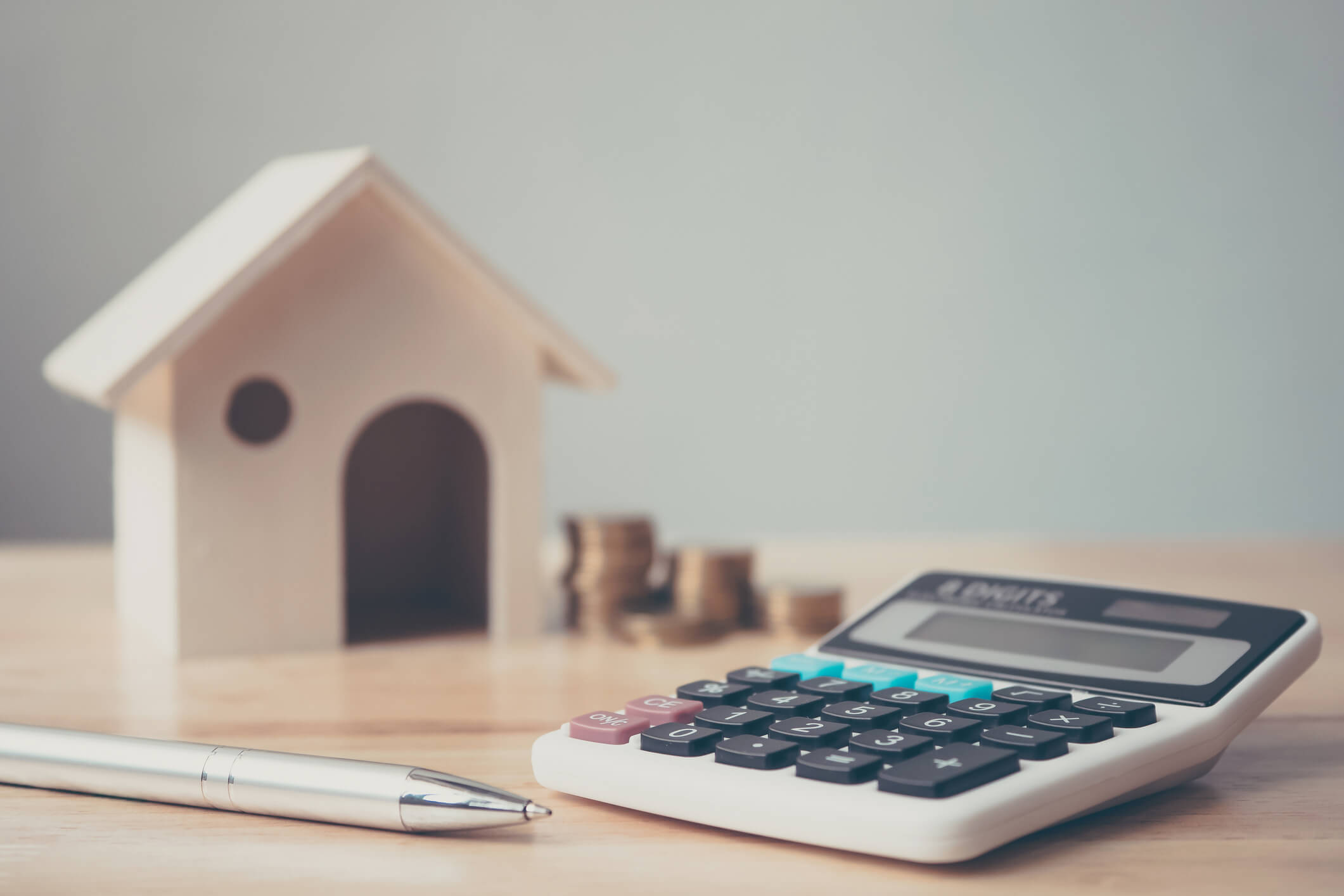While it’s a commitment that can go from the fairly vague to fiercely strict, cutting down on food that’s considered unhealthy can always be tripped up by one thing: cost.
Expensive meal plans, stocking up on fresh vegetables and skipping seemingly cheaper, processed options can make healthy eating feel like it’s going to cost an arm and a leg. But, there are ways to look after both your body and your wallet at the same time.
Cook at home
As well as trimming the costs of takeaways and meals out, you can also control what ingredients are used. This means it's easier to reduce the amount of saturated and trans fats in your diet, which are thought to be bad for you if you have too much of them, as well as other nutrients that can cause you issues if not consumed in moderation, like sugar. Cooking at home means you can plan and prepare your meals in advance, too, which is another well-known trick for eating well on a budget.
Cooking at home doesn't stop at your main meals, either. Know you’re going to be hungry after a jog around the park? Have some healthy snacks or fruit ready in the fridge, so you're not tempted to grab a treat from the shop on your way home.
Buy whole foods
Buying your food whole will save money in the long run compared to buying ready-made or pre-portioned versions. This can go from anything from pre-packed salads to microwave meals; just get the ingredients separately rather than pre-prepared products.
A whole chicken is much more cost-effective than buying breasts or legs separately, and you can even make chicken stock out of the carcass. Muesli is a great healthy breakfast, but it’s cheaper per portion if you buy the ingredients individually and make your own, instead of buying pre-prepared which can contain more added sugar and salt.
Buying bulk quantities of nuts, raisins, oats and seeds (or whatever you fancy) means you can make your own for less - and tailor the recipe to your own tastes. Try to pick versatile ingredients that you'll also use elsewhere in your cooking. For example, cashews are tasty in muesli but also go well in stir-fries.
When you cook with whole foods, it's also easier to adjust your recipes and meals based on your dietary needs. If you need to add a certain nutrient to a meal, like more protein, it’s easier to deliver when you’re in control of the ingredients. Just make sure you don’t buy too much of one particular thing that you won’t eat.
Utilise your freezer
The budget chef knows the value of their freezer. If you cook larger portions you can freeze the leftovers, but it doesn’t just apply to cooked food. You can buy food in bulk or that’s been reduced in price and split it into portions before freezing them. This also goes for any food you don’t use in the cooking process, minimising waste.
Ditch the junk
Having too much "junk food" in your diet can be bad for you. This isn't a new discovery, but it's worth bearing in mind. Not only can too much junk food damage your body, it's also less efficient at satiating your appetite than healthier equivalents. If you swap junk food for options with a high nutrient density - like swapping a bag of sweets for a bunch of grapes - you’ll naturally be less hungry. You can focus on more filling foods as well such as healthy proteins and fibres which will also lower your appetite.

Swap meat for other proteins
Meat can be expensive, and some varieties and cuts aren't that good for you if eaten regularly. There are healthier alternatives that can cost less, such as tofu and jackfruit, and a study in 2019 suggested you could make significant savings across a year with a plant-based diet.
It’s important that if you are planning on cutting out meat permanently or even for certain meals, make sure you replace the nutrients elsewhere in your diet and you may want to consult your GP or a specialist nutritionist about this first. Here’s a list of protein-rich alternatives you could use instead.
Go for recipes and cooking techniques that need cheaper ingredients
The internet is awash with cheap and healthy options, from household names like Jamie Oliver to Thrifty Lesley, who offers advice on eating on just £1 per person per day. These are excellent resources on finding tasty recipes on a budget, but also get you more clued up on how to save money consistently with your food.
Using these as well as social media sites such as Pinterest and Instagram for cheap, budget food inspiration will open you up to thrifty secrets. You could revisit ingredients that have fallen out of fashion, such as powdered mashed potatoes, tinned salmon and corned beef. Or, discover exotic yet cheap ingredients like fenugreek.
If you regularly cook meat, try using a slow cooker as it’s a good option for creating tasty meals from cheaper cuts. You can also use them to make your own stock from leftover bones, and they provide very efficient usage of power.
Grow (and make) your own
Better yet, create your own food. Fruit, vegetables and herbs are all things you can grow yourself, no matter how much outdoor space you have. Because growing your own means you eat your produce at its freshest, it'll have more nutritional value than anything you buy in the shops. Some things may be difficult to grow successfully, but there’s an abundance of easy options even beginners can try.
Eat anything with a pulse
Pulses are one of the best all-round foods on the market, described by the NHS “as a cheap, low-fat source of protein, fibre, vitamins and minerals, (that) count towards your recommended 5 daily portions of fruit and vegetables.”
As such they’re a great inexpensive way to make meals, either as a replacement for meat or as an accompaniment to lower the amount needed for each dish. Lentils can replace mince in chilli or lasagne whilst quinoa can be the main ingredient in curries.
Check recommended portion sizes
If you regularly judge your portion sizes by eye, you could be inadvertently cooking and eating more - or less - than you need. By checking and sticking to the recommended portion sizes given on food packets, you'll know you're eating the right amount and can avoid having too much of things like sugar and salt. If you discover you were overestimating your portion sizes, you'll also find that your food goes further, and so you'll need to buy less, without leaving you hungry or scrimping on your essential nutrients.
Disclaimer: We make every effort to ensure content is correct when published. Information on this website doesn't constitute financial advice, and we aren't responsible for the content of any external sites.







